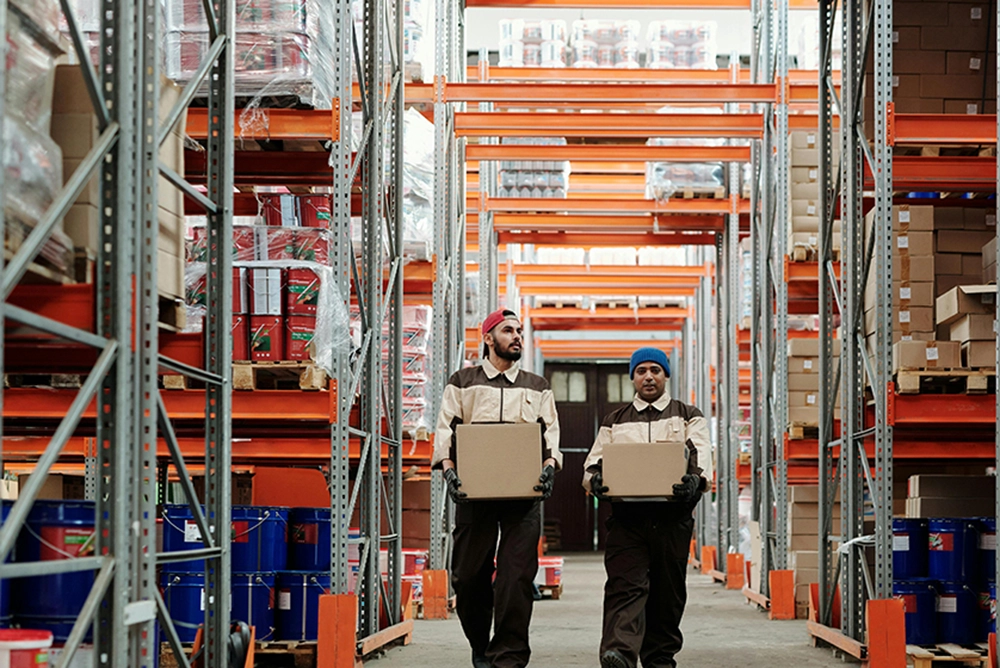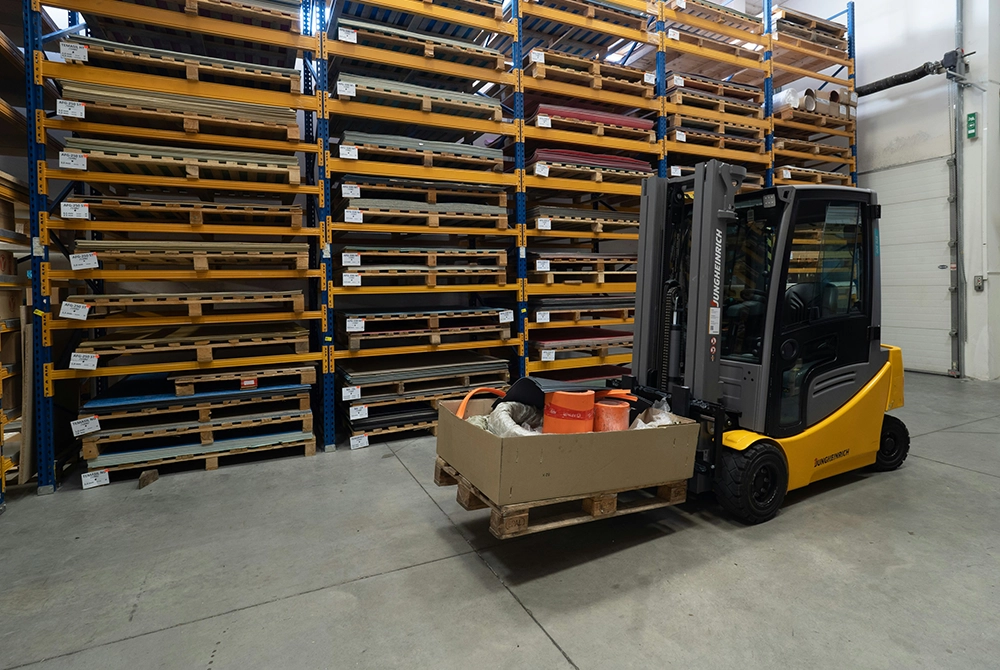Logistics is a tricky industry, demand is variable and costs are rising. Warehouses are more often than not under unpredictable pressure from variable demand.
Having strong logistics practices for operational performance is important. This blog provides actionable strategies to help warehouses run lean, efficient, and highly optimized.
Best Practice #1: Optimize Warehouse Layout for Flow
The first best practice is to optimize warehouse layout for flow. Take a look at your warehouse’s layout and systems. If there are unnecessary steps consider reducing them and streamlining the process.
Use data to identify bottlenecks, may WMS have heat maps that can aid in this research. Look for areas that are inefficiently laid out to prevent product from moving smoothly.
Some common examples of common layout changes that boost productivity include zone picking u-shaped layout, and fast-moving goods in forward pick.
Best Practice #2: Use Real-Time Data for Smarter Decisions
The second best practice is to use real time data. Real time data gives warehouses insights to where inventory is as it’s being processed. Integrate WMS, TMS and inventory systems to monitor throughput in real-time.
Create dashboards for floor managers to adjust resources and shift labor dynamically. If floor managers can see real time data they can adjust resources, such as temporary warehouse workers, in real time to solve issues before they happen.
Best Practice #3: Staff Flexibly with Temp Labor and Gig Work
Fixed staffing models are the traditional way to find warehouse temp staffing. But fixed staffing models break during volume surges or downturns because they aren’t flexible.
Traditional temp agencies near you run on slow, manual processes and provide unclear reliability. Finding warehouse workers is a challenge with temp agencies. Adjusting warehouse staff to real time demand is impossible with temp agencies.
Warehouse job apps, like Bacon are the modern solution to staff warehouse shifts. Online staffing platforms have worker ratings, flexible scheduling and reliability built in.
On-demand staffing solves the hire picking and packing workers shortages fast. Managers simply post the shifts they need filled on the bacon app and workers pick up warehouse shifts.
Bacon has a bonus to finding warehouse staff, workers can be invited back to future shifts directly. This allows businesses to find pickers and packers then invite them back when they have periods of high demand.
Best Practice #4: Improve Staff Onboarding & Shift Communication
Improving staff onboarding and communication reduces confusion and ramp up time. If all staff are on the same page then there will be less errors and faster turnaround times. Communication in a warehouse is vital for safety and efficiency.
Use visuals like photos and walkthroughs in pre-shift briefings. Add signage and QR-code job aides to reduce dependency for temp workers.
Best Practice #5: Measure & Reward Performance
When measuring performance be sure to communicate with workers to let them know you respect them but expect results. Providing rewards for high performance is a way to show workers respect.
Use KPI’s for output per hour, pick/pack accuracy, time-on-task, etc. If you are using a warehouse job app you can utilize the staffing companies features to rate and view workers performances.
Celebrate your top performers or invite workers back, this builds culture even among temp staff.
Conclusion
Build an agile, scalable logistics machine by improving layout, labor and data. When labor, layout and data are optimized together warehouse output improves.
Flexible staffing via platforms like Bacon help scale up or down according to real time demand. Start with just one shift and build from there.







